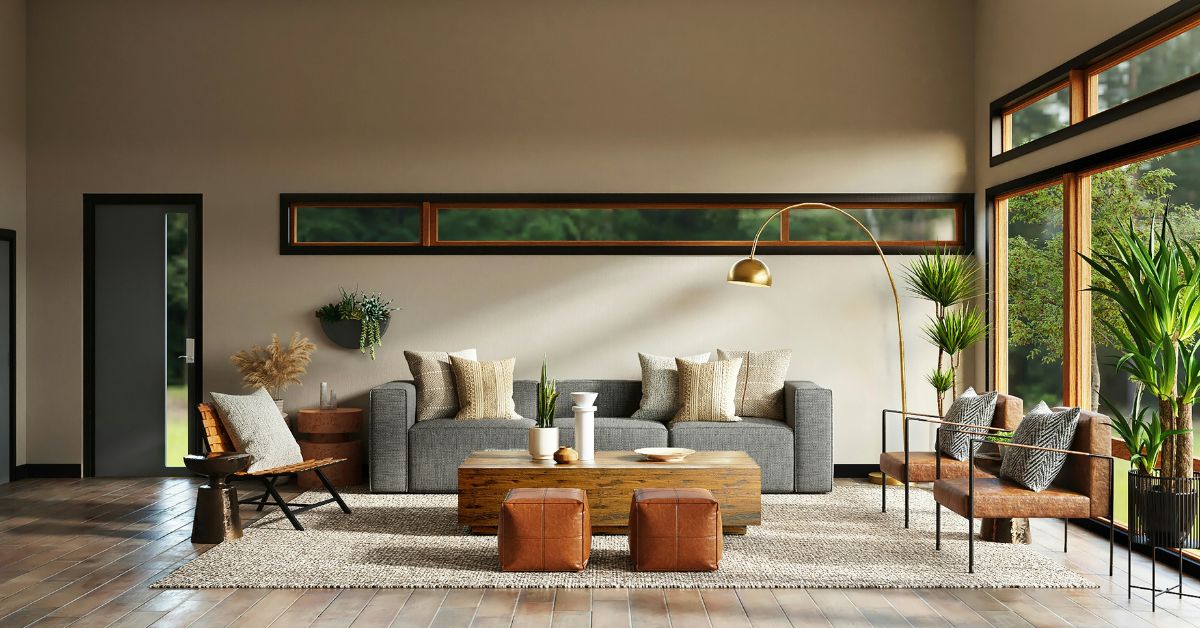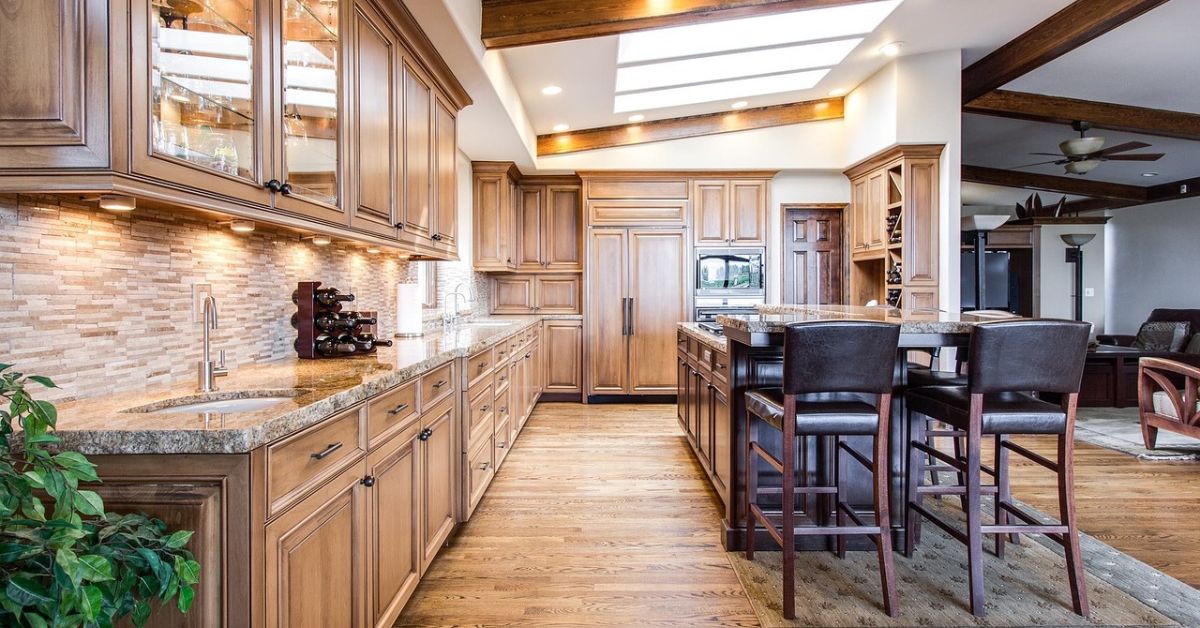Interior Design Tips – Advice from Top Designers
Category
Categories

Interior Design Tips – Advice from Top Designers
Interior designers bring a unique expertise to home projects, but many are unsure about the cost implications. Let’s delve into the various factors that influence the cost of hiring an interior designer.
Understanding the Fee Structures
Interior designers typically charge in one of three ways: hourly rates, flat fees, or a combination of both. Hourly rates can range from $50 to $500 per hour, depending on the designer’s experience and location. Flat fees are often project-based and can vary widely based on the scope of work.
Additional Costs to Consider
In addition to the designer’s fees, clients should budget for other expenses such as furniture, decor, and materials. These costs can add up quickly, so it’s essential to have a clear understanding of the total budget before starting the project.
Benefits of Hiring an Interior Designer
While the cost of hiring an interior designer may seem daunting, the benefits often outweigh the expenses. Designers bring a level of expertise and creativity that can transform a space and add significant value to a home.
Expert Interior Design Tips You Need to Know
Interior design can seem like a daunting task, but with these expert tips, you can transform your home into a stylish and functional space. Here are 80 genius interior design secrets from professionals in the field:
1. Start with a Plan:
Before diving into any design project, it’s essential to have a clear plan in place. Consider the function of each room and how you want to use the space.
2. Utilize Natural Light:
Natural light can make a significant impact on a room’s atmosphere. Maximize natural light by using sheer curtains, mirrors, and light-colored paint.
3. Mix Textures:
Don’t be afraid to mix and match textures in your decor. This adds depth and visual interest to a room.
4. Create a Focal Point:
Every room should have a focal point, whether it’s a piece of artwork, a fireplace, or a statement piece of furniture.
5. Use Area Rugs:
Area rugs can define spaces within a room and add warmth and comfort underfoot.
6. Declutter:
Clutter can make a space feel cramped and chaotic. Keep surfaces clear and invest in storage solutions to keep things organized.
7. Play with Scale:
Mixing different scales of furniture and decor can create a dynamic and visually appealing space.
8. Add Greenery:
Plants not only add a pop of color to a room but also help purify the air and create a sense of calm.
9. Consider Proportions:
When choosing furniture, be mindful of proportions. Ensure that pieces are appropriately scaled for the room.
10. Personalize Your Space:
Your home should reflect your personality and style. Incorporate personal touches through artwork, family photos, and meaningful decor pieces.
By implementing these expert interior design tips, you can elevate your home’s aesthetic and create a space that is both beautiful and functional.
Should Gallery Walls Have Matching Frames?
When it comes to creating a gallery wall, there is often a debate about whether the frames should match or not. While matching frames can provide a cohesive and uniform look to the display, mixing different frames can add visual interest and personality to the arrangement.
Some designers argue that matching frames help create a clean and organized appearance, especially when displaying a collection of photos or artwork. This approach can work well in modern and minimalist spaces where simplicity is key.
On the other hand, mixing frames in various styles, sizes, and colors can bring a more eclectic and personalized touch to the gallery wall. This approach allows for creativity and individuality in the display, making it a focal point in the room.
Ultimately, the decision of whether to use matching frames or mix them up depends on the overall aesthetic you want to achieve in your home. Consider the style of the space, the pieces you are displaying, and your personal preferences to create a gallery wall that reflects your unique taste and style.
Is It Better to Renovate or Move?
When faced with the decision of whether to renovate your current home or move to a new one, there are several factors to consider. Both options have their pros and cons, and the choice ultimately depends on your specific circumstances and preferences.
Renovating Your Home
Renovating your home can be a great way to customize your space to better suit your needs and style. It allows you to stay in a familiar neighborhood, maintain existing relationships, and potentially increase the value of your property. However, renovations can be time-consuming, costly, and disruptive to your daily life.
Moving to a New Home
On the other hand, moving to a new home offers a fresh start and the opportunity to find a property that meets all of your requirements. It can be an exciting adventure to explore different neighborhoods and discover a home that better fits your lifestyle. However, moving comes with its own set of challenges, including the costs associated with selling your current home, buying a new one, and physically moving your belongings.
Ultimately, the decision to renovate or move depends on your individual needs, budget, and long-term goals. It’s essential to carefully weigh the pros and cons of each option and consider how they align with your priorities before making a choice.
Creative Strategies to Conceal Outdated Ceiling Fixtures
Many homeowners are faced with the challenge of dealing with unattractive ceiling lights commonly referred to as ‘boob lights.’ However, The Home Designer experts have come up with innovative solutions to disguise these dated fixtures and enhance the overall aesthetic of your space.
1. Statement Chandeliers
One effective way to divert attention from ‘boob lights’ is by installing a striking statement chandelier. This bold lighting fixture not only adds a touch of elegance to the room but also draws the eye away from the unsightly ceiling mount.
2. Ceiling Medallions
Another clever trick employed by The Home Designer professionals is the use of ceiling medallions. These decorative discs are placed around the base of the light fixture to create a focal point that distracts from the unappealing ‘boob light.’
3. Custom Light Shades
Customizing light shades is a popular strategy to disguise outdated fixtures. By selecting unique and stylish shades that complement your interior design, you can effectively camouflage the unattractive ceiling lights and elevate the room’s ambiance.
4. Recessed Lighting Retrofit
For a more drastic transformation, consider replacing ‘boob lights’ with recessed lighting. This modern upgrade not only conceals the old fixtures but also provides a sleek and contemporary look that enhances the room’s overall appeal.
5. DIY Cover-Ups
Finally, if you’re feeling crafty, The Home Designer suggests exploring DIY cover-up options such as decorative drum shades or custom canopy designs. These personalized solutions allow you to add a unique touch to your space while effectively hiding unattractive ceiling lights.
This Durable Paint is a Favorite Among Designers
Choosing the Perfect Curtain Length
When selecting curtains for your home, the length plays a crucial role in achieving the desired look and feel.
Consider the Style
The Home Designer recommends considering the style of the room when choosing curtain length. For a more traditional and formal look, opt for floor-length curtains that skim the ground.
Practicality Matters
In rooms where curtains are frequently opened and closed, like in high-traffic areas, consider a length that clears the floor to prevent dirt buildup and make maintenance easier.
Playing with Proportions
For rooms with low ceilings, installing curtains closer to the ceiling can create an illusion of height and make the space feel more grandiose.
Personal Preference
Ultimately, the choice of curtain length comes down to personal preference. Experiment with different lengths to find what works best for your space and style.
Conclusion
Ultimately, the cost of hiring an interior designer varies depending on several factors. By understanding the fee structures and additional costs involved, homeowners can make an informed decision about whether to enlist the help of a professional designer.



